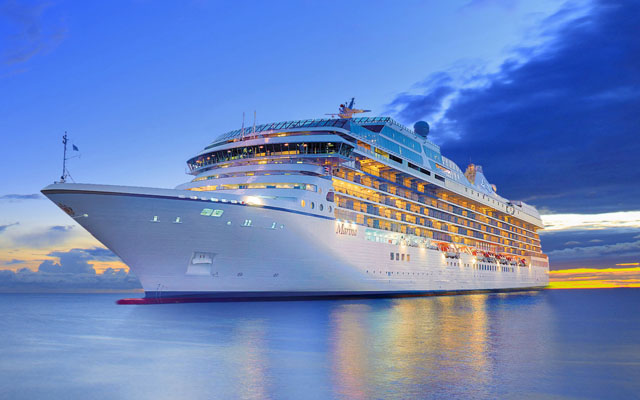GDSs and travel consultants watch out. Full-fledged airlines are finding more direct routes to Internet-savvy travellers

From left: Lawrence Chai, Vice president, commercial systems, Malaysia Airlines; Gerry Oh, Vice president, Asia-Pacific, Jet Airways; Tom Nishihata, Vice president, web sales & marketing, Japan Airlines
Full-service airlines in Asia-Pacific are cruising towards more direct distribution, following in the jet streams of their low-cost counterparts.
At the recent Web in Travel conference in Singapore, Malaysia Airlines, Jet Airways and Japan Airlines representatives said they were targeting for web sales to account for about half of all ticket revenue in a few years, up from an average of between 20-30 per cent now.
Malaysia Airlines (MAS), vice president, commercial systems, Lawrence Chai, for example, said the airline was in the midst of enhancing its Internet booking engine to encourage customers to book direct. Besides boasting a higher performance, the platform will eventually allow MAS to increase its ancillary income from items such as excess baggage and meal selections.
Gerry Oh, vice president Asia-Pacific, Jet Airways, revealed that the Indian carrier’s web sales out of Singapore was as high as 60 per cent of total revenue.
“In Singapore, where we were once held hostage by some (travel consultants), we told them sorry and asked them to go fly a kite,” he quipped, explaining that he refused to let them stop him from selling tickets online.
However, Oh said the situation in India was slightly different, due to the strong lobbying power of agencies there, explaining that the airline has had to “take it slow and easy”.
In the case of Japan Airlines (JAL), vice president, web sales & marketing, Tom Nishihata, said the proportion of tickets purchased through the web by its domestic passengers was higher (about 50 per cent) compared to international ones (over 20 per cent).
He added that mobile transactions were on the rise, with more than a tenth of JAL’s web sales coming from mobile. Within this year alone, the airline launched 10 apps covering the entire travel cycle from booking to boarding.
Not all were convinced about mobile as a transaction platform though, with Jet Airways’ Oh questioning the ROI on apps. He said his mobile sales were insignificant, and that while an app was “nice to have”, the cost of investment had to be weighed against how well it could actually translate into sales.
Similarly, MAS’ Chai said only a small volume of business currently comes from mobile.
Despite efforts to go direct, all three airlines acknowledged that trade relationships would continue to be vital.
“We have to be realistic. Being a full-service carrier, a large percentage of our distribution still comes from our GDS and travel trade partners,” Chai pointed out.
Oh concurred. “You can’t dismiss all the (travel agencies). Many of them sell multiple segments and groups,” he said, adding that the web was more suitable for sales of FIT, point-to-point tickets due to the limitations posed by legacy systems.
IATA, which has come out to say that the age-old GDSs that travel consultants rely on to book tickets do not enable enough product differentiation, is currently developing new industry-wide distribution standards. These will be open standards that can be used by any party, including GDSs, resulting in increased competition in the distribution space.
However, this has ruffled the feathers of some travel consultants, who feel that their position as the largest single airline distribution channel will be shaken.
It remains to see how the controversial IATA’s New Distribution Capability initiative will play out, but the airline industry body has said it will actively engage the trade in the formation of the new standards, which is supposed to offer travel agencies greater access to ancillary products and a simplified booking process, among other benefits.




















